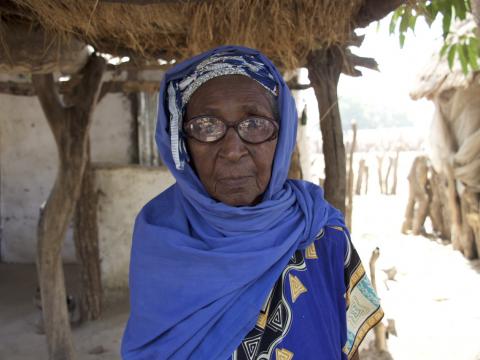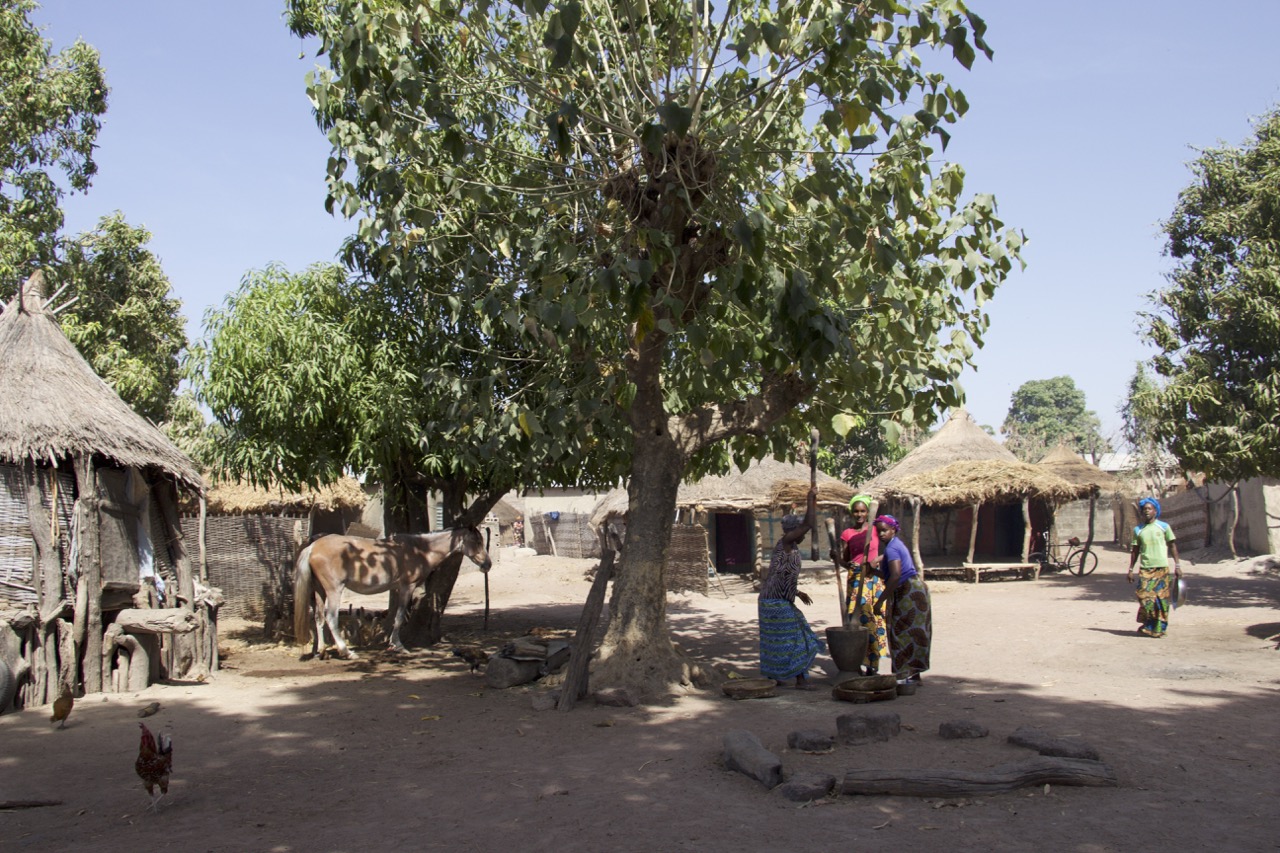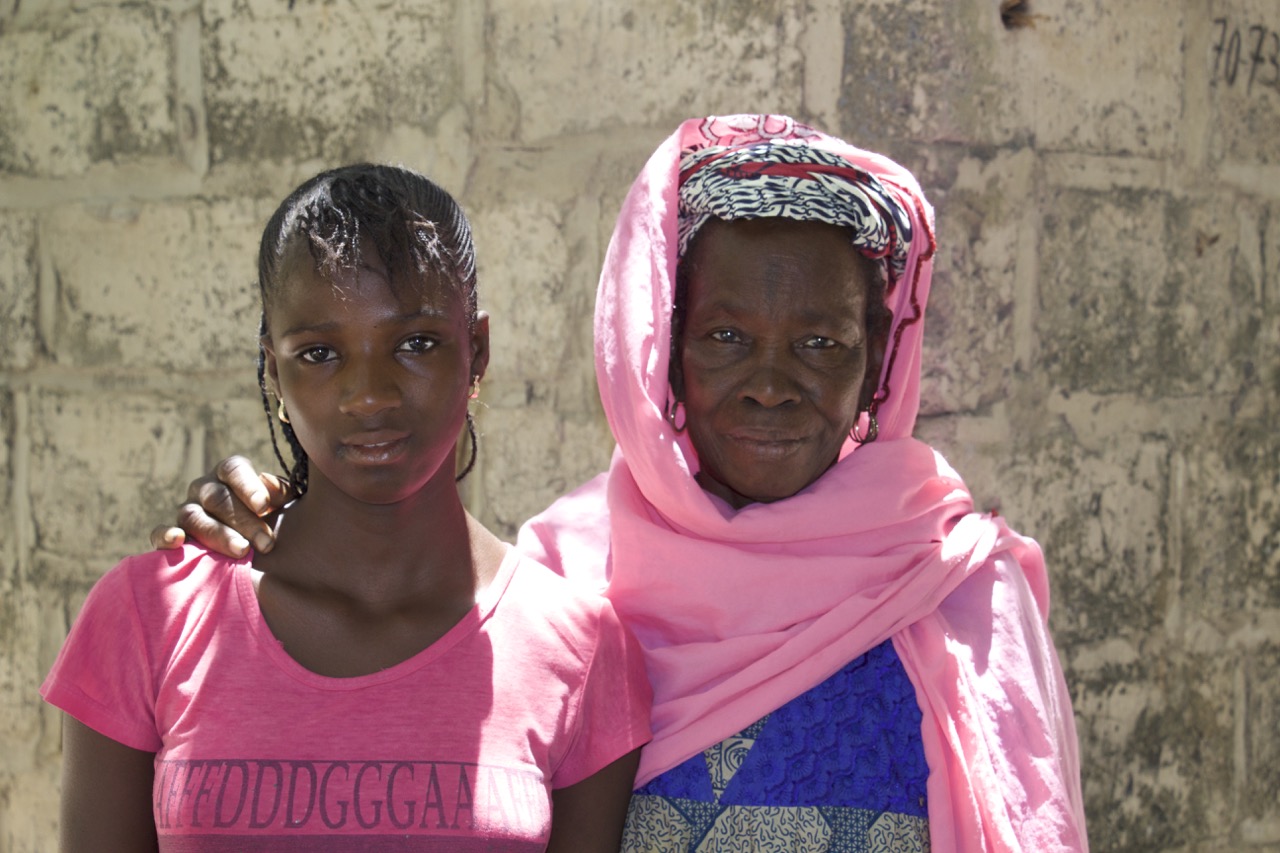Child protection: The Cutter, Tradition, and Law

Thiékèdjé doesn’t know her exact age, she thinks she is about 85. Radiating an aura of gentleness, her age has slowed down her movements, but she looks you straight in the eye, her gaze piercing through her small glasses. She is highly respected by her entire community and appreciated by the village chief and dignitaries. All her adult life, and up until about ten years ago, she was a cutter. She cut young girls’ clitorises, which for each, she earned her about 2,500 francs, grain and some soap.
Female genital mutilation (FGM) or “cutting” is a tradition practiced in the Velingara district, especially in the Peul communities, where it is considered a milestone in the upbringing of young girls, as Thiékèdjé explains. For her, it is “a matter of applying educational principles and adhering to the social norms inherited from our elders and ancestors”. Young girls’ cutting is a group event, much like a ceremony. After that, they spent close to a month at home. Thiékèdjé worked with a sharp knife, and concocted a potion of boiled tree leaves to put on the wound, that would usually heal within a week. Usually.
A Painful and Unlawful Cultural Practice
When Senegal mounted a campaign against female genital mutilation, which in 1999 led to the formal prohibition of FGM, Thiékèdjé claims to have given up the practice. And yet, she explains, cutting continued to be performed on baby girls behind closed doors – albeit it more discreetly - because a baby does not complain. She did, however, not want to continue as she considers this “educational milestone” something that to her only made sense when practiced on adolescents and according to her, is a rite of passage.
Thiékèdjé says nothing about the horrific medical consequences genitally mutilated girls suffer from, but reluctantly mentions the case of a girl who died from complications. Bita Sabaly, head of the Kandia Health post, and Phélix Diouf, senior physician of the Vélingara district, confirm that excised women often suffer from various gynecological infections including serious ones such as fistulas, which in turn can make these women outcasts in their own communities. Intercourse can be painful, and giving birth is often very difficult, which can also put a baby’s life at risk.
Kankou, a grandmother and community leader in Kael Bessel, is involved in the fight against FGM and is an active supporter of the grassroots work of the NGO Grand Mother Project. Testifying to the terrible consequences, she explains that oftentimes girls do not even know they had been excised, cannot understand why they are experiencing pain.
13 year old Oumou, for example, was cut as a baby, and she found out from her grandmother. She doesn’t talk about it with her friends, with no one actually - it’s a taboo subject. Eyes downcast, staring into space, Oumou’s unease to talk about it is palpable. Who knows if she suffers from problems today?
Kankou confirms that female genital mutilations are now no longer longer practiced in the village and that today all women are opposed to it, even though it had been done by women to women. Here, 94% of them are genitally mutilated.
Progress Through Dialogue
World Vision has established direct connections with the communities to educate the different stakeholders within those communities on the harmful consequences of this cultural practice, and encourage dialogue amongst them.
A long term project is underway, undertaken by key partners and opinion leaders: Alert, Monitoring, and Listen Committees have been set up, the network of Imams has been mobilized, head nurses at health posts are committed to the issue, and the children themselves are often included so as todevelop their understanding, which equally encourages their participation and their protection.
Working side by side with World Vision is NGO Grand Mother Project, a network of grandmothers who all spread the good word in their communities. These are local women who underwent genital mutilations, later changed their minds on the practice, and are now working to change attitudes and opinions of others. A crucial step.
It takes time to make inroads. But this grassroots work is bearing fruit: since 2009, 74 villages in the Kandia community have abandoned entirely female genital mutilation.
In other communities of the district, the work of continued dialogue is carried out daily to amplify its impact, both for the well-being of children and a positive and permanent change of social norms.
Worldwide, the number of girls and women who have been cut is 200 million**.
Crédit Photos : Delphine Rouiller
* Source: 2014 poll of the Directorate of the Child Protection and Vulnerable Groups Rights in the Kolda region. Poll conducted among women aged 15 to 49.
** 2016 UNICEF report, stating that 200 million living girls and women have been excised


